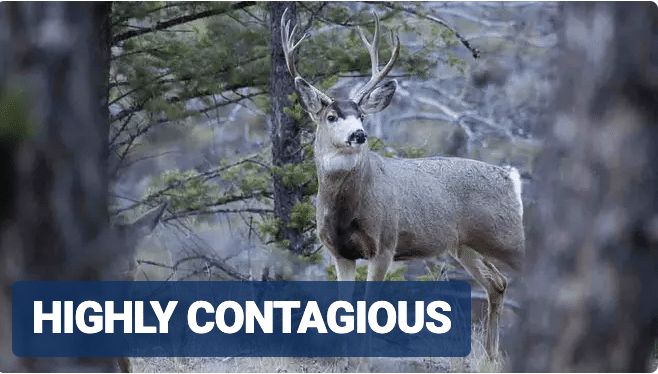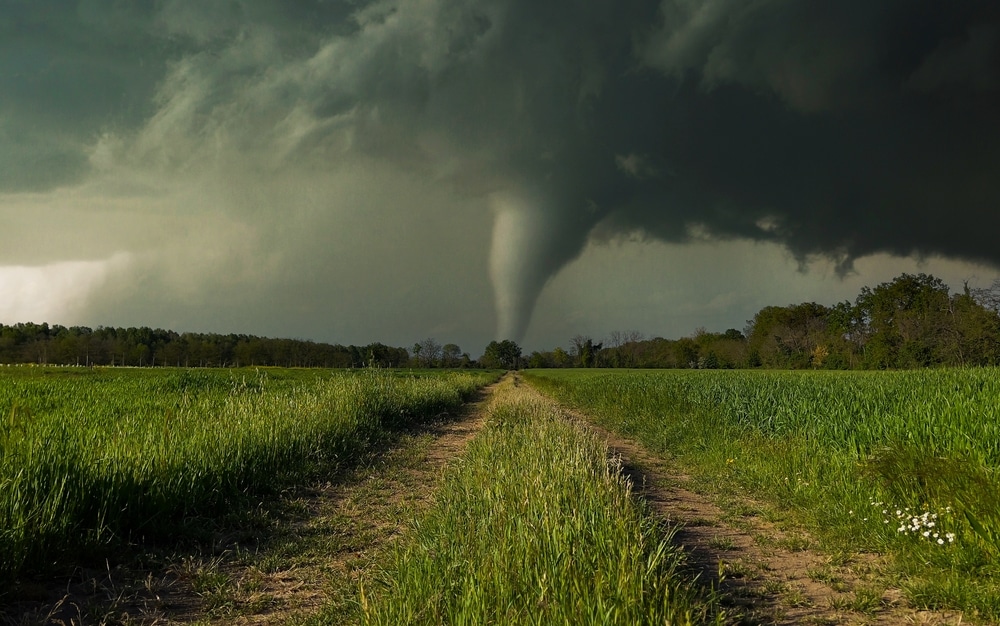The discovery of Yellowstone National Park’s first case of chronic wasting disease (CWD) last month has raised concerns that the fatal brain disease may someday spread to humans, according to some scientists.
A deer carcass in the Wyoming area of the park tested positive for the highly contagious prion disease that can also cause weight loss, stumbling, listlessness, and neurological symptoms, according to the CDC. It has been spotted in deer, elk, reindeer, and moose in areas of North America, Canada, Norway, and South Korea.
Symptoms can take up to a year to develop and some have dubbed it the “zombie deer disease” since it changes in the hosts’ brains and nervous systems, leaving animals drooling, lethargic, emaciated, stumbling, and with a telltale “blank stare,” according to The Guardian. It is fatal, with no known treatments or vaccines.
And now scientists are sounding the alarm that it could infect humans, although no known case has ever been recorded.
Epidemiologists say the absence of a “spillover” case yet does not mean it will not happen. CWD is one of a cluster of fatal neurological disorders that includes Bovine spongiform encephalopathy (BSE), commonly referred to as “mad cow disease.”
“The BSE outbreak in Britain provided an example of how, overnight, things can get crazy when a spillover event happens from, say, livestock to people,” Dr. Cory Anderson told The Guardian. Anderson is a program co-director at the Center for Infectious Disease Research and Policy (CIDRAP).
“We’re talking about the potential of something similar occurring. No one is saying that it’s definitely going to happen, but it’s important for people to be prepared,” Anderson added.
He added that what’s also worrying is that there is no known way to effectively and easily eradicate it, “neither from the animals it infects nor the environment it contaminates.”
Anderson said that once an environment is infected, the pathogen is extremely hard to eradicate. It can persist for years in dirt or on surfaces, and scientists report it is resistant to disinfectants, formaldehyde, radiation, and incineration at 1,100 F, according to The Guardian.
The CDC on its website says that some animal studies suggest CWD poses a risk to certain types of non-human primates, like monkeys, that eat meat from CWD-infected animals or come in contact with brain or body fluids from infected deer or elk.
“These studies raise concerns that there may also be a risk to people,” the CDC website reads. “Since 1997, the World Health Organization has recommended that it is important to keep the agents of all known prion diseases from entering the human food chain.”
Parks officials said that since the mid-1980s, the fatal brain disease has spread across Wyoming and is now found in most of the state. The disease is estimated to be found in 10-15% of the mule deer near Cody that migrate to the southeastern section of Yellowstone in the summer. Yellowstone National Park said last month that the long-term effect of the disease on deer, elk and moose in Yellowstone is uncertain.
















